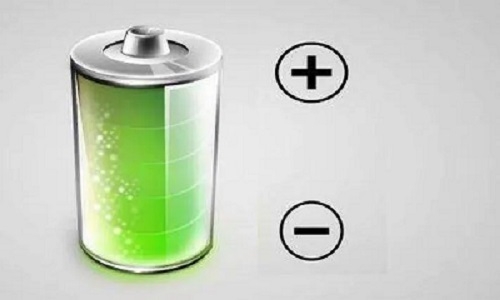In the winter, the cruising range of electric vehicles is much less than that indicated by the manufacturer, and some even reach more than one-third. Why is this?

This starts with the principle of electric vehicle batteries. When electric vehicles are parked outdoors in winter, the low temperature will directly affect the activity of lithium batteries, and restoring battery activity requires electricity to heat the battery to restore the temperature, and this part of the consumed electricity is the “shrinking” part of the battery life.
Generally speaking, the vast majority of electric vehicles and even electronic digital products on the market currently use lithium-ion batteries, which are often referred to as lithium batteries. Common electric vehicle lithium batteries are mainly lithium iron phosphate, lithium manganate and ternary lithium batteries.
Like common batteries, lithium batteries are also divided into positive and negative poles, in which all lithium ions are stored to the positive electrode, and the negative electrode is composed of graphite (carbon). Between the positive and negative electrodes, the electrolyte and the separator are included. The discharge process of the lithium battery is the movement of lithium ions from the negative electrode to the positive electrode, and the discharge of the lithium battery provides the electrical energy required for the operation of various devices, including electric vehicles.
In a low temperature environment, the battery life of electric vehicles is shortened mainly because the extremely low temperature will affect the activity of lithium compounds. At present, the most common compound in lithium batteries is lithium iron phosphate, and lithium manganate is also included. The activity of these compounds at different temperatures determines the battery life of electric vehicle lithium batteries at different temperatures.
For example, the most common lithium iron phosphate has very good high temperature resistance, so it has the best discharge capacity in spring and summer of 20 to 40 degrees. However, in the winter in the north, as the temperature decreases, the activity gradually decreases, and the discharge capacity gradually decreases. Especially in the low temperature environment of minus 20 degrees, which is relatively common in the Northeast, it will even be close to 50%.
As for why the cruising range of electric vehicles drops in the winter, it is clear now. Too low temperature has a relatively large impact on the activity of the positive and negative electrodes of lithium batteries, so the battery life of electric vehicles under low temperature conditions is obviously not as easy as in other seasons.
In order to improve the activity of the elements in the lithium battery, it is necessary to restore the temperature of the battery to the most suitable working temperature. Therefore, electric vehicle manufacturers will take some measures in the car to "keep warm" for the lithium battery.
Therefore, a simple summary is: if an electric vehicle is parked outdoors in winter or parked in a low temperature environment for a long time, the low temperature will directly affect the activity of the lithium battery, and if you want to restore the battery activity, you need electricity to heat the battery to restore the temperature.



